Just as we were escaping winter in Canada for a week, we saw many familiar birds who were also enjoying the milder temperatures in South Carolina. These included Ruby-crowned Kinglet, Song Sparrow, Northern Flicker, American Robin, Red-winged Blackbird, Belted Kingfisher, House Finch, Hermit Thrush, Rusty Blackbird, European Starlings, and Common Grackle among others. Some were likely migrants, and some permanent residents.
Here are more of the birds we saw that Glenn was able to photograph. Most are ones we have seen in Ontario. The exception is the Carolina Chickadee. While this chickadee is very similar to the Black-capped Chickadee, there is very little overlap in their ranges, their songs differ in noticeable ways, and there are subtle differences in their wing plumage. Red-shouldered Hawks are typically seen in Ontario only during the breeding season whereas they are present in SC throughout the year.
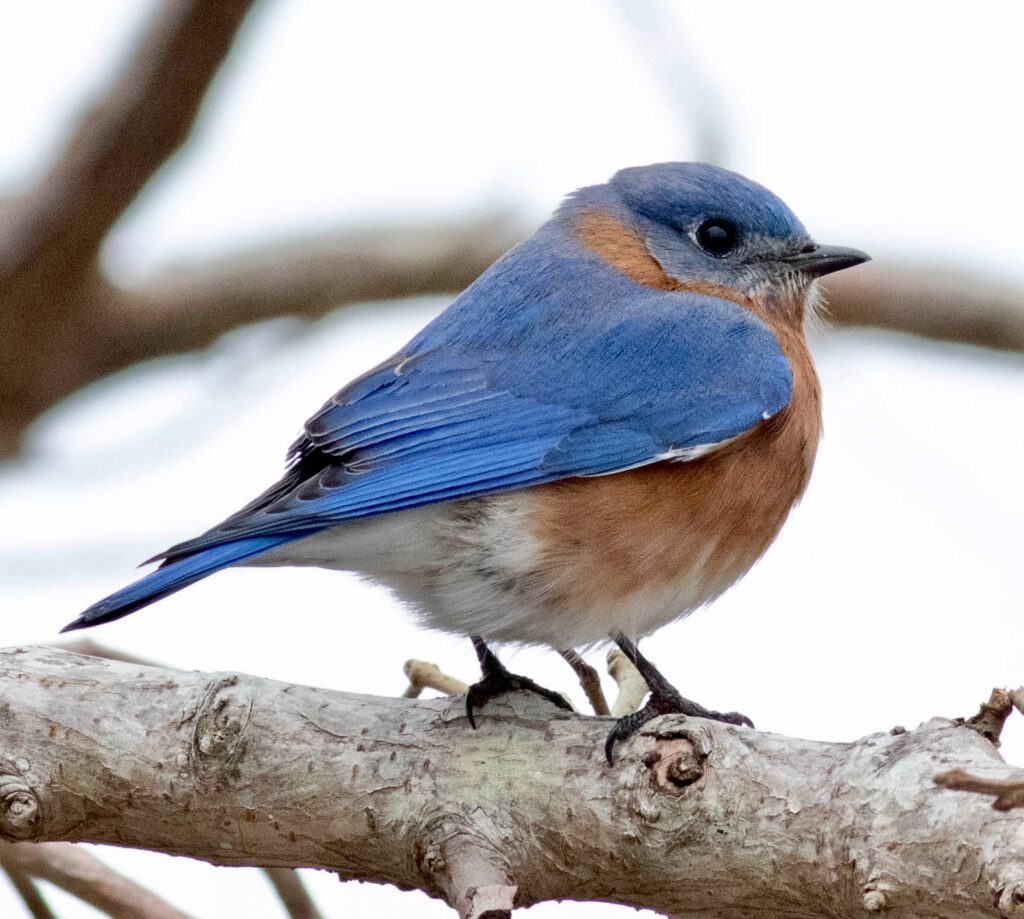
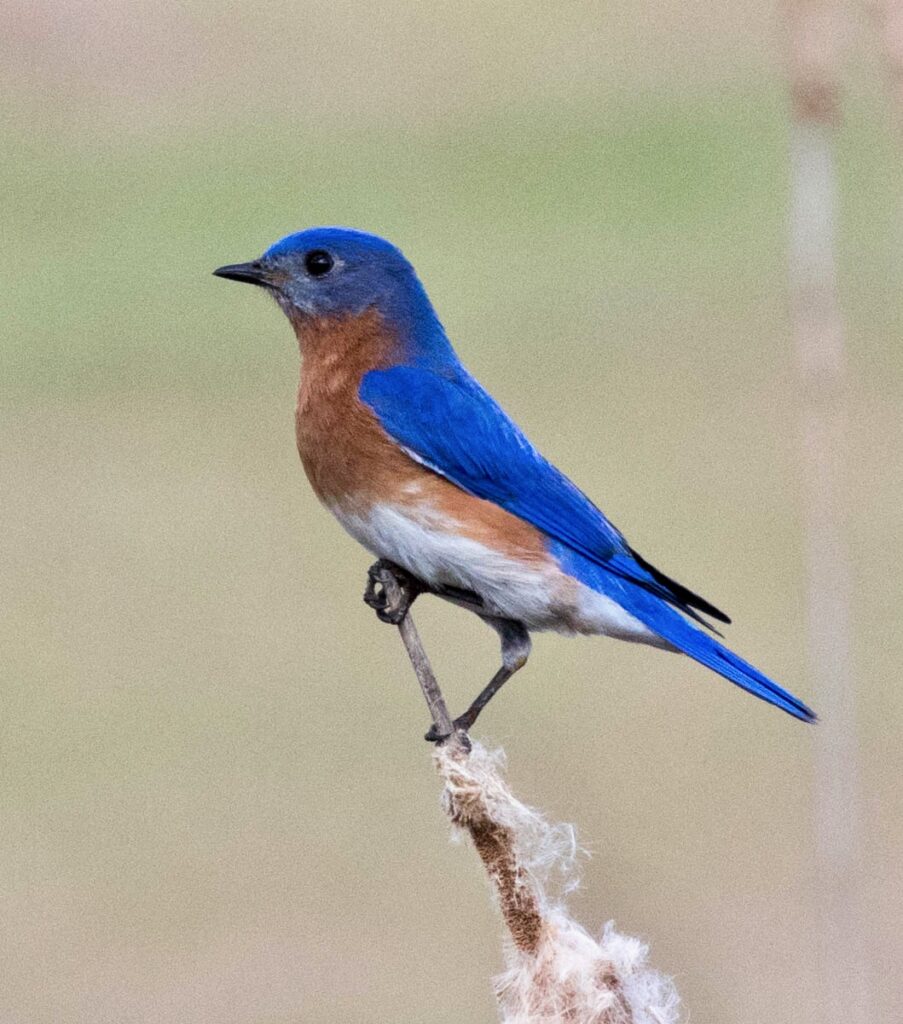

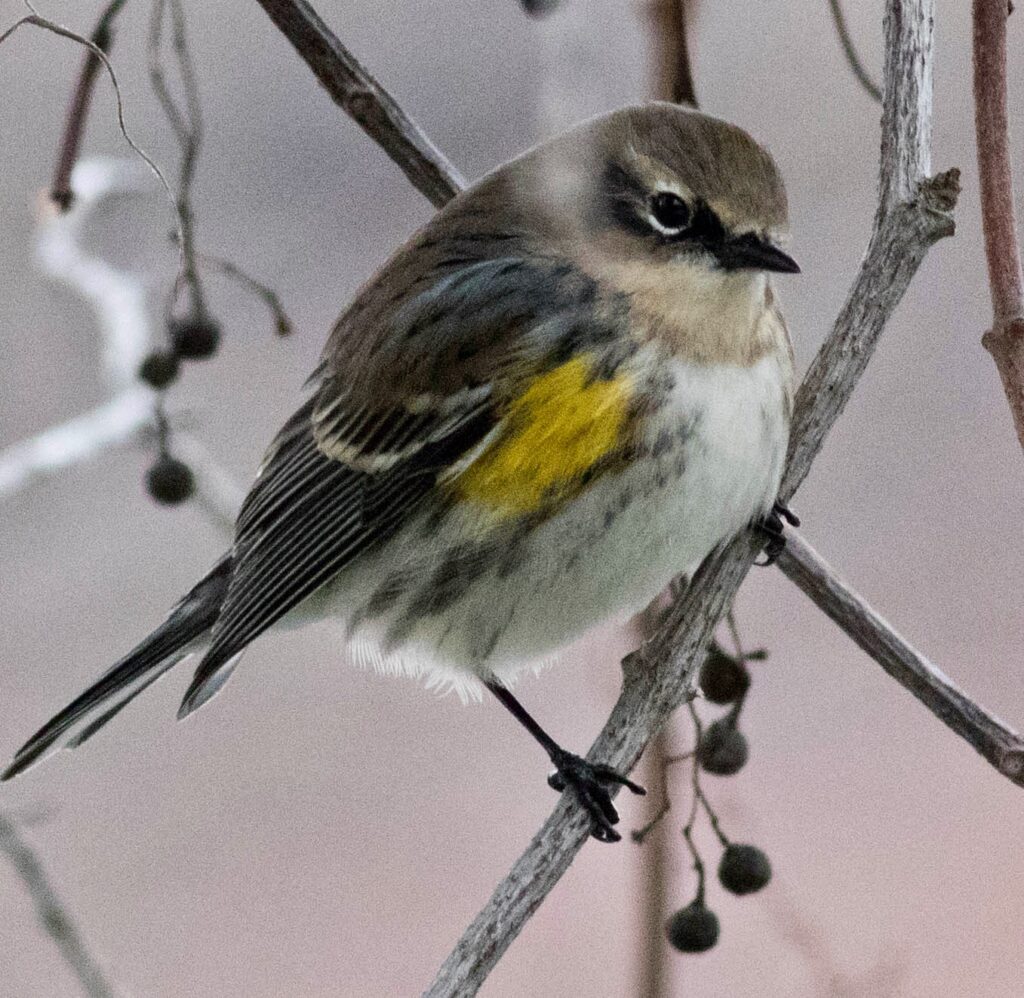
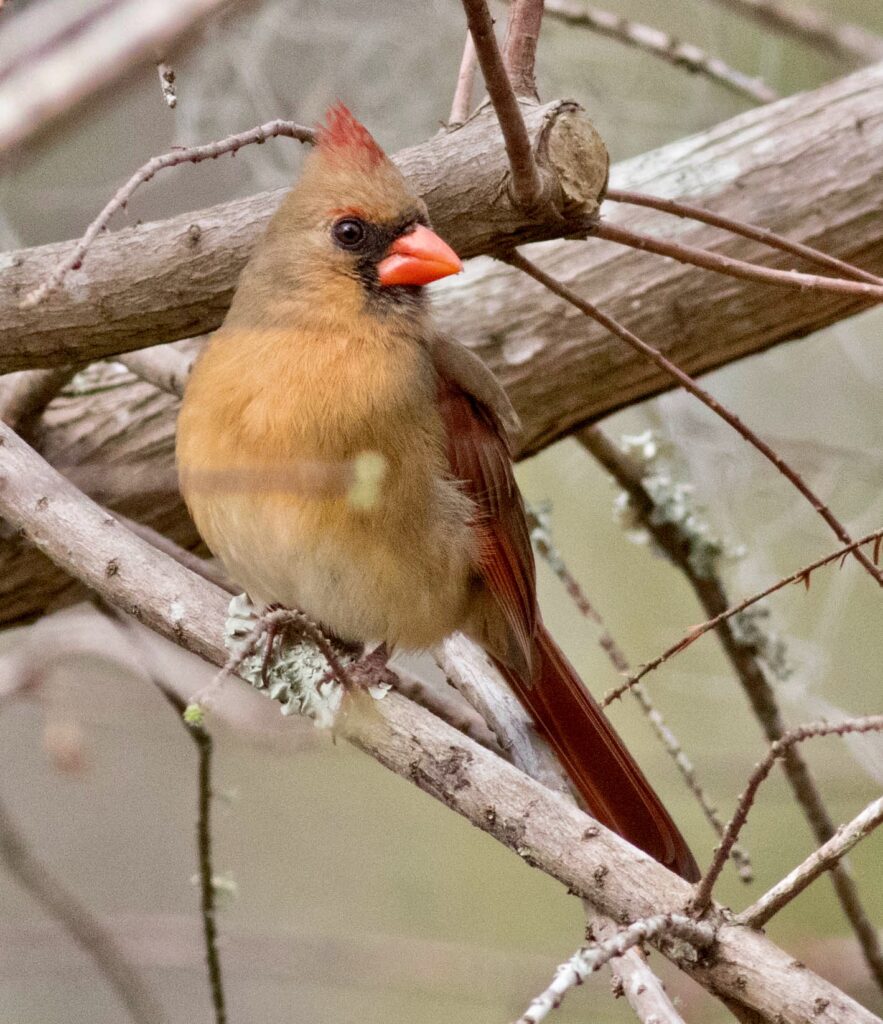
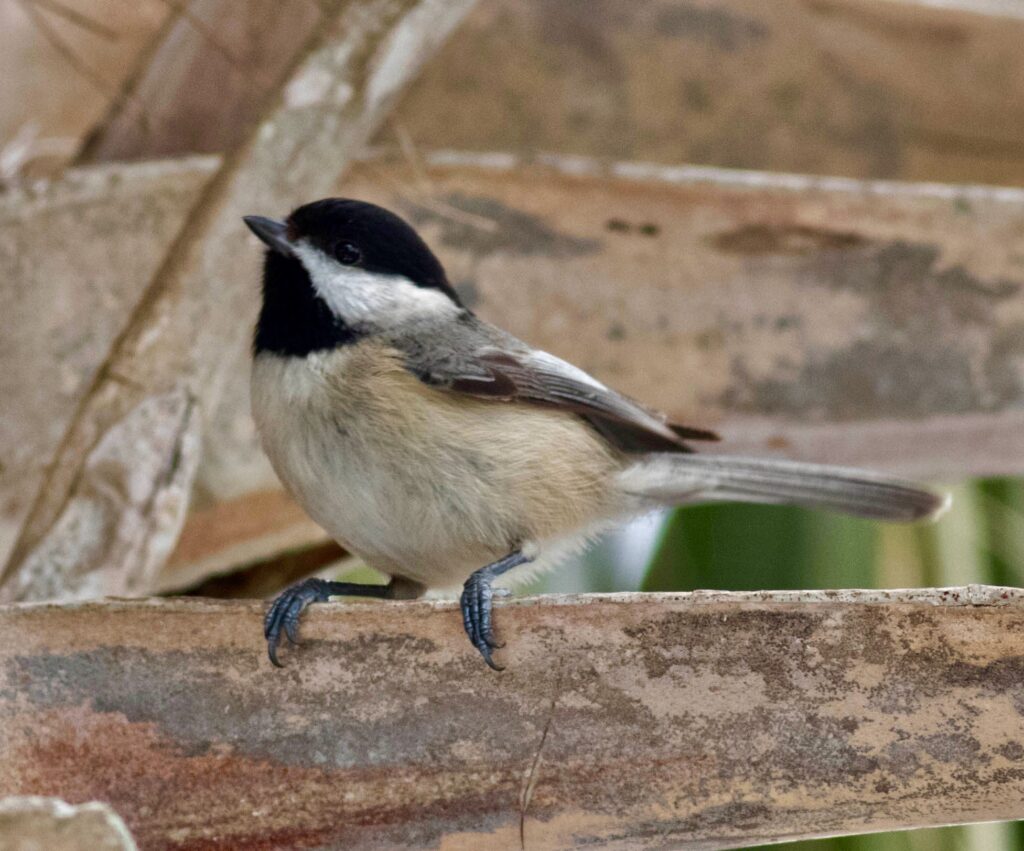
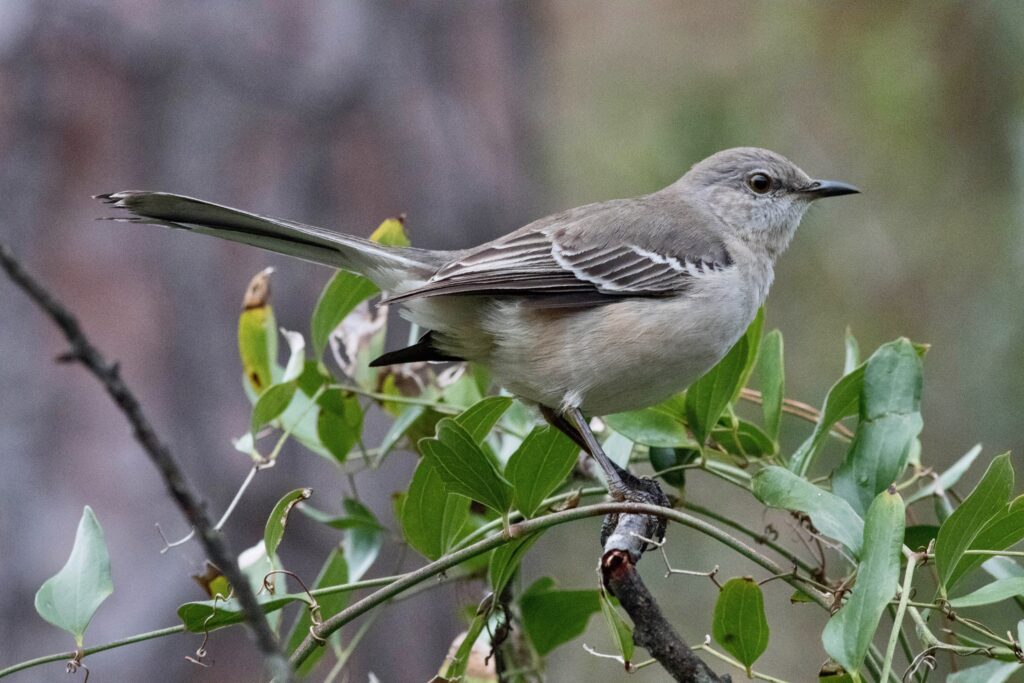
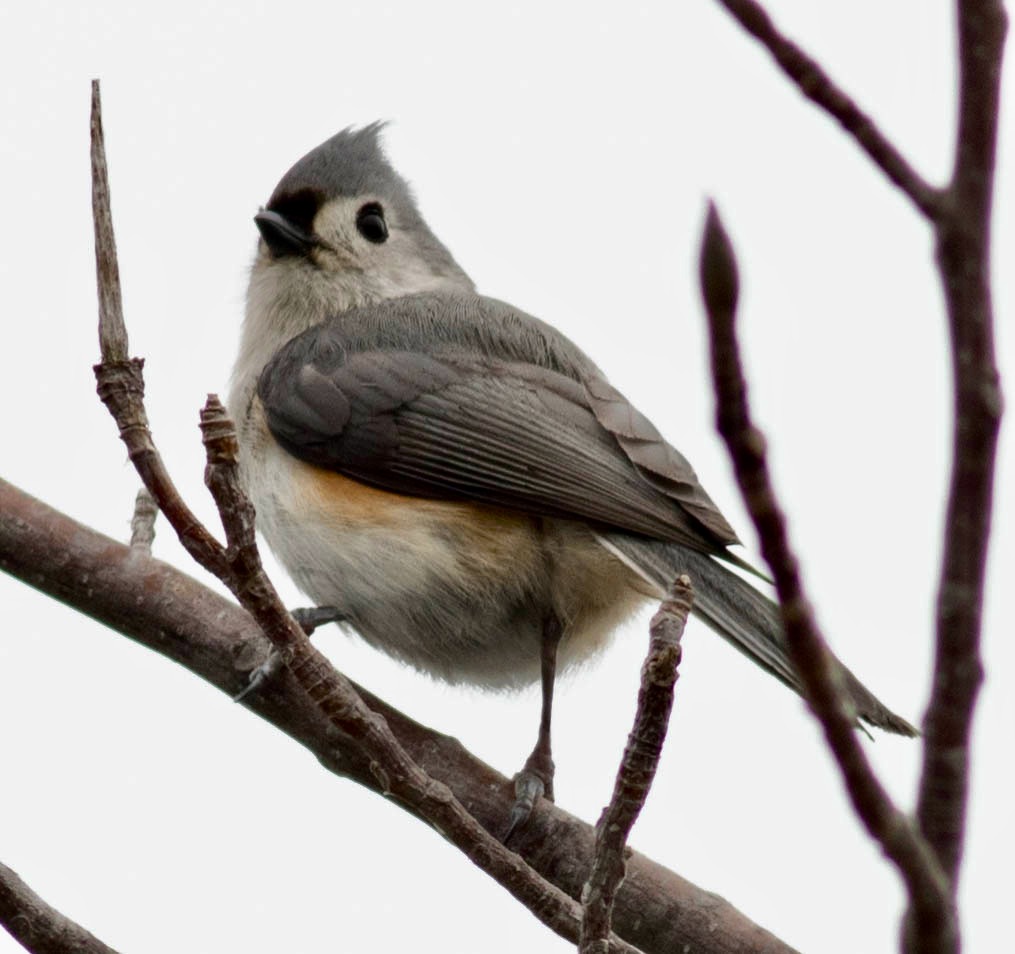
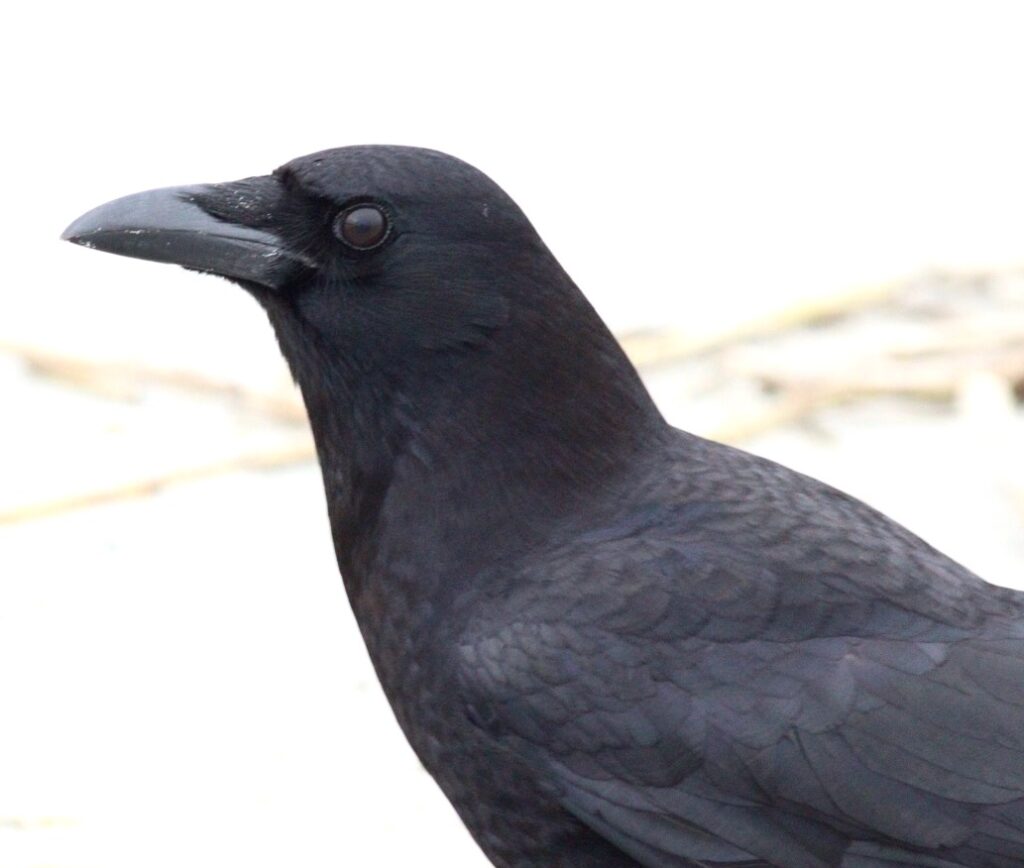

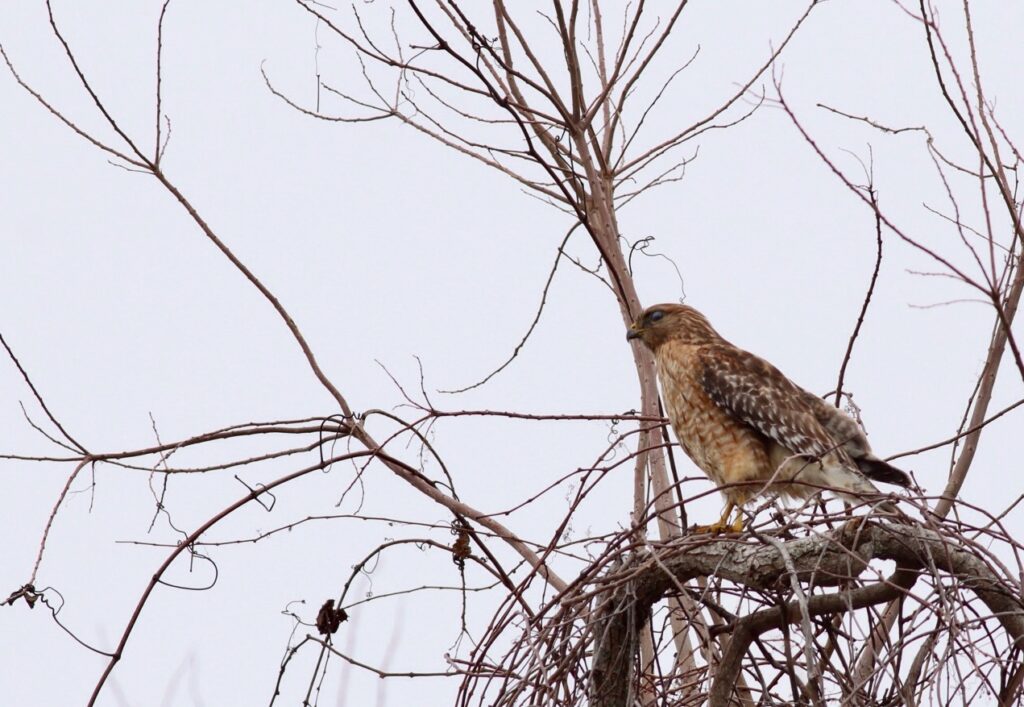
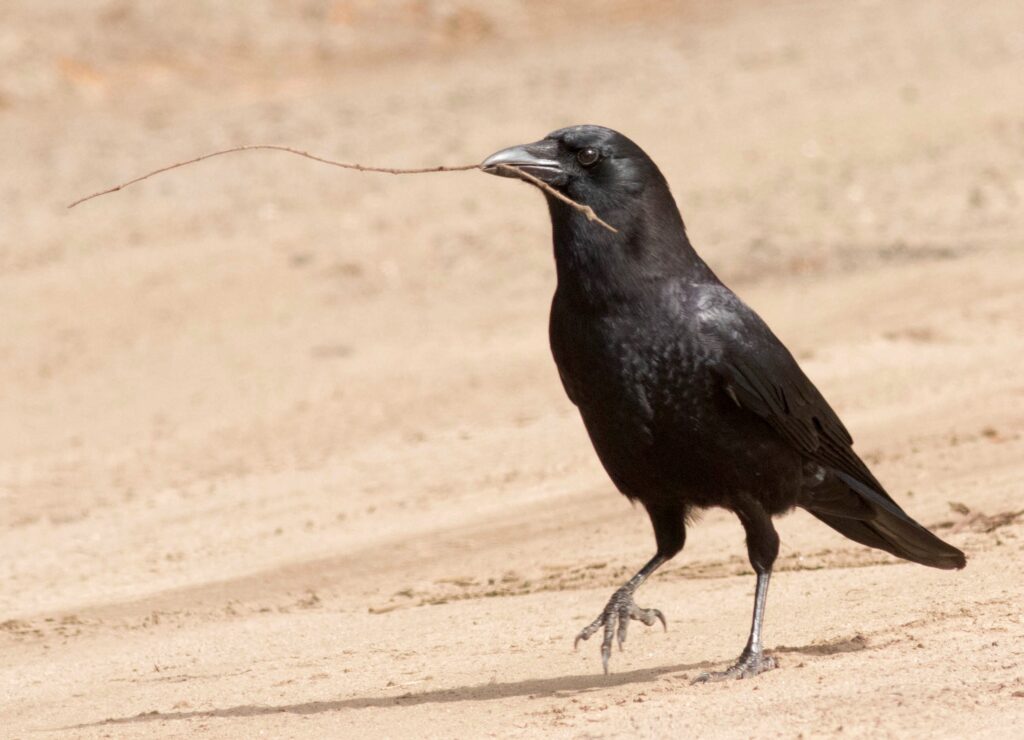
The coastal area of South Carolina is known as the Lowcountry due to its proximity to sea level. It encompasses saltwater and freshwater marshes, islands, and inland ponds and wetlands. Here we found a variety of wading birds and waterfowl.
Here are some of the coastal marshes and inland ponds and wetlands we visited.




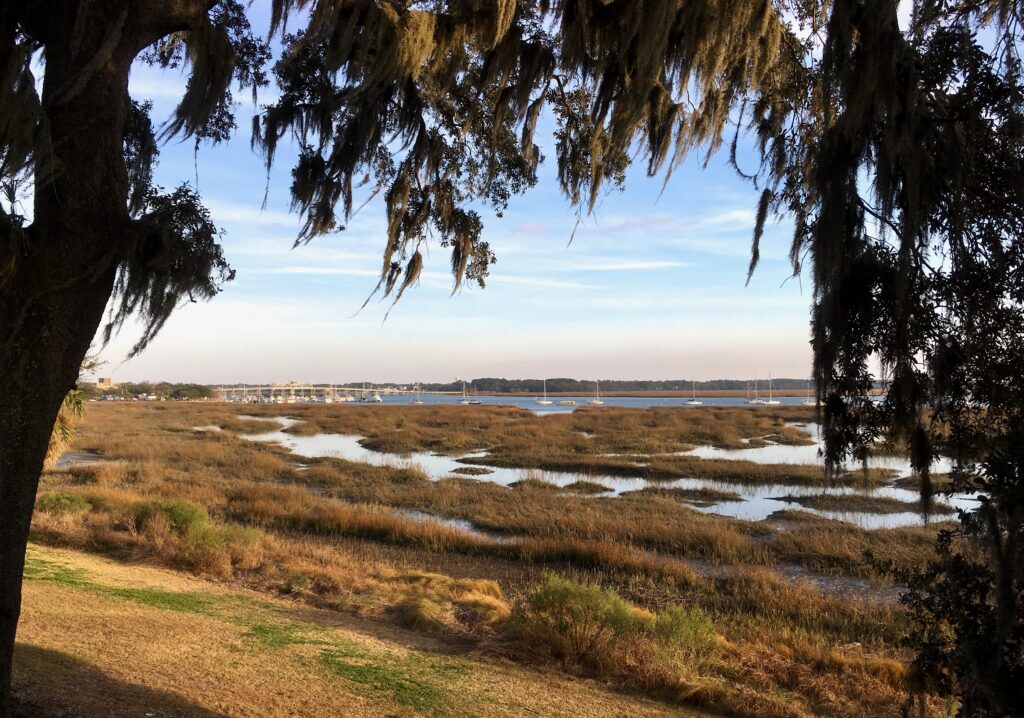

We saw Great Egrets, Snowy Egrets, Great Blue Herons, Tricolored Herons, Little Blue Herons and Black-crowned Night Herons both in salt water and in inland ponds and ditches.

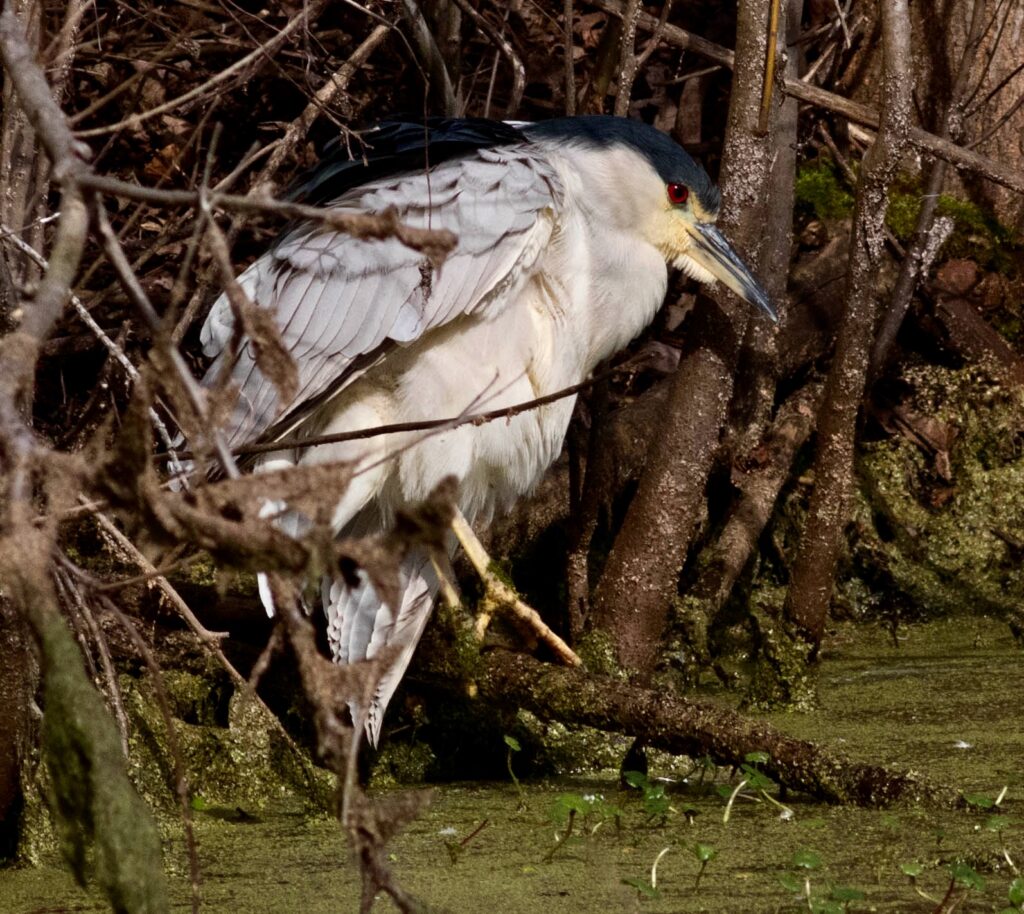
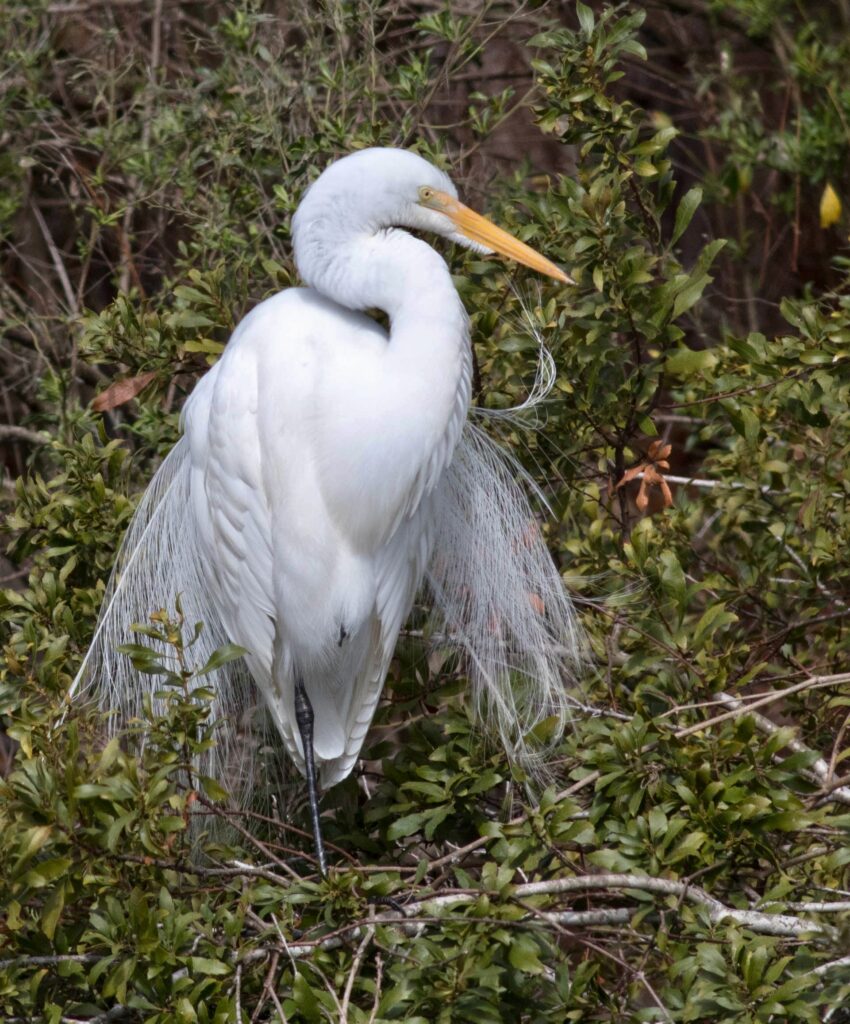
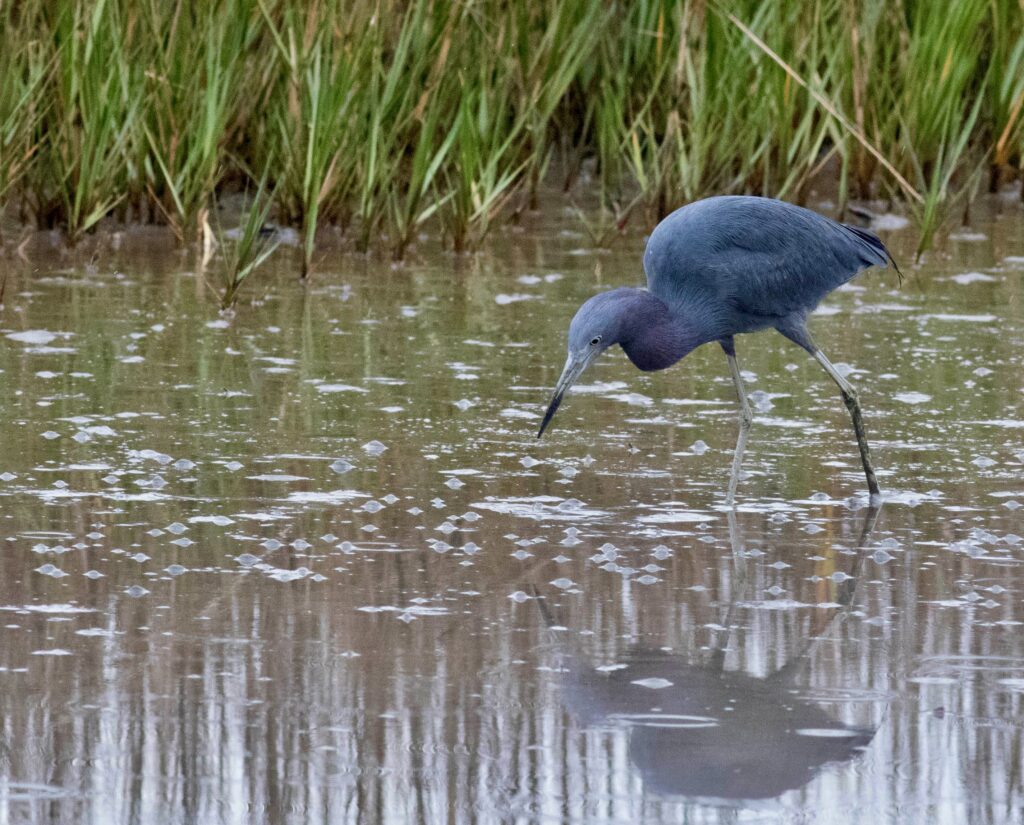
There were colonies of wading birds in some ponds and wetlands. Below, a Little Blue Heron is perched on a central tree. A Tricolored Heron is wading at the right of the photo.
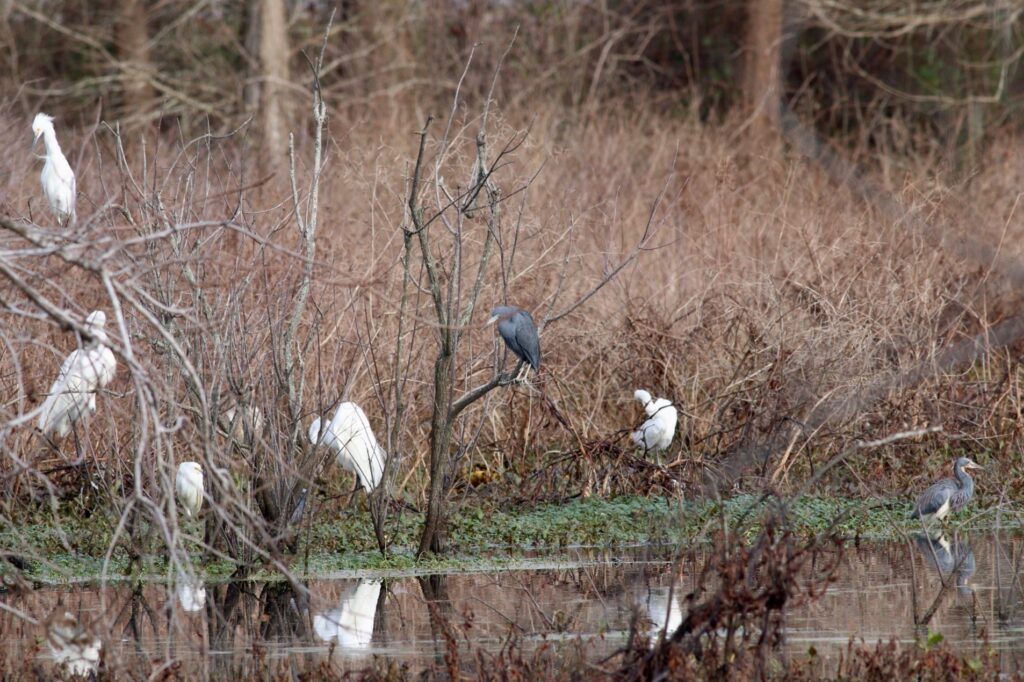
In flight, herons made an impressive display. On the left, a Snowy Egret, distinguished from Great Egrets by their yellow feet, black bills, yellow lores (between bill and eye), and smaller size. On the right, there is a mature Little Blue Heron. The others appear to be a Snowy Egrets.
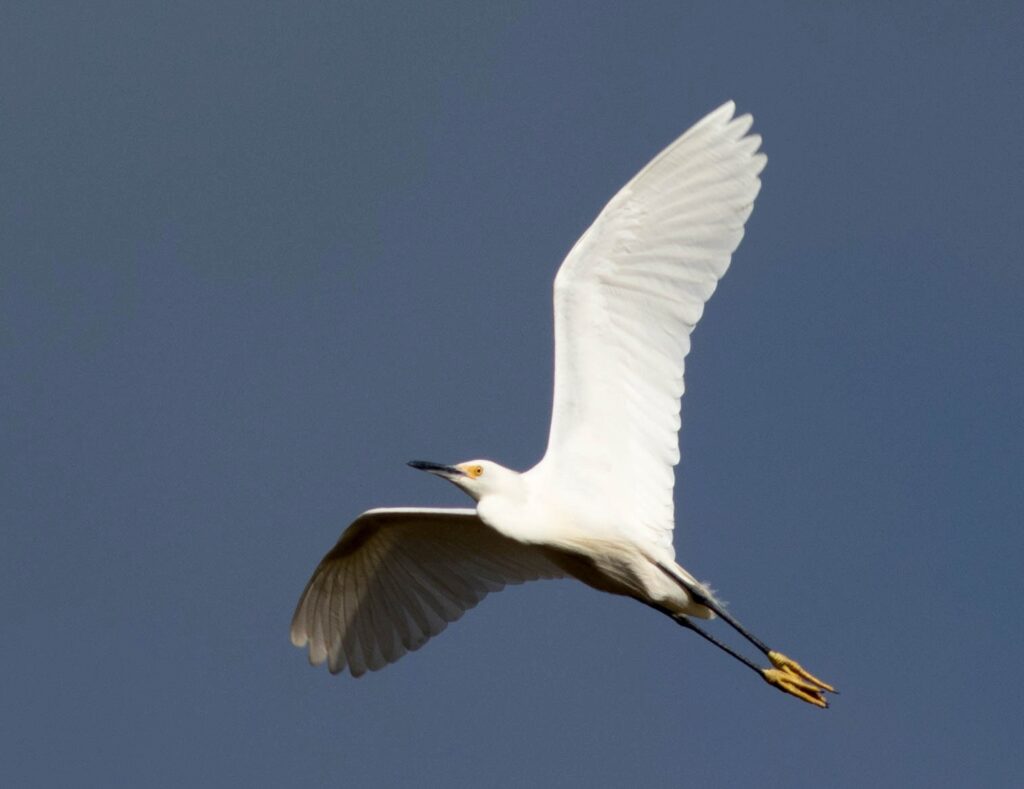
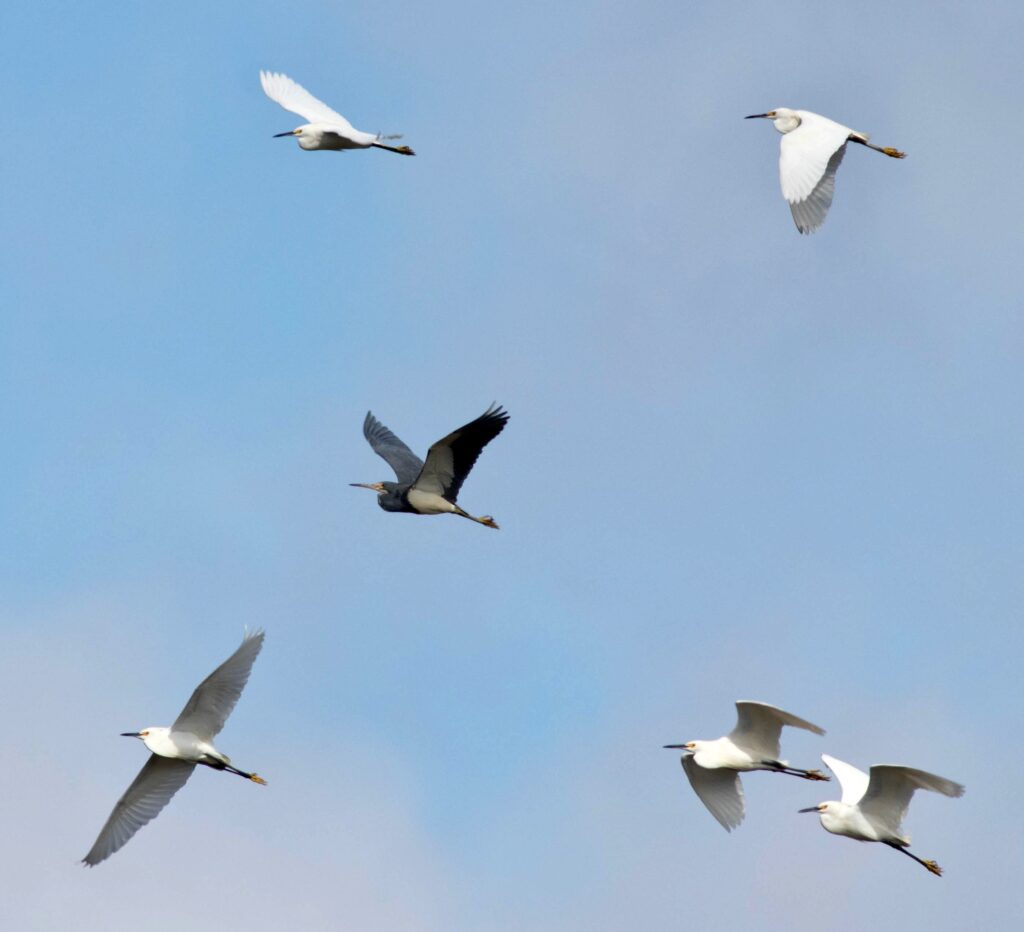
Immature Little Blue Herons are white with black bills and greenish legs and feet. They may have blue tinges on the tips of their wings and darker legs as they start to transition to adult plumage.

Other waterfowl also populated the wetlands.
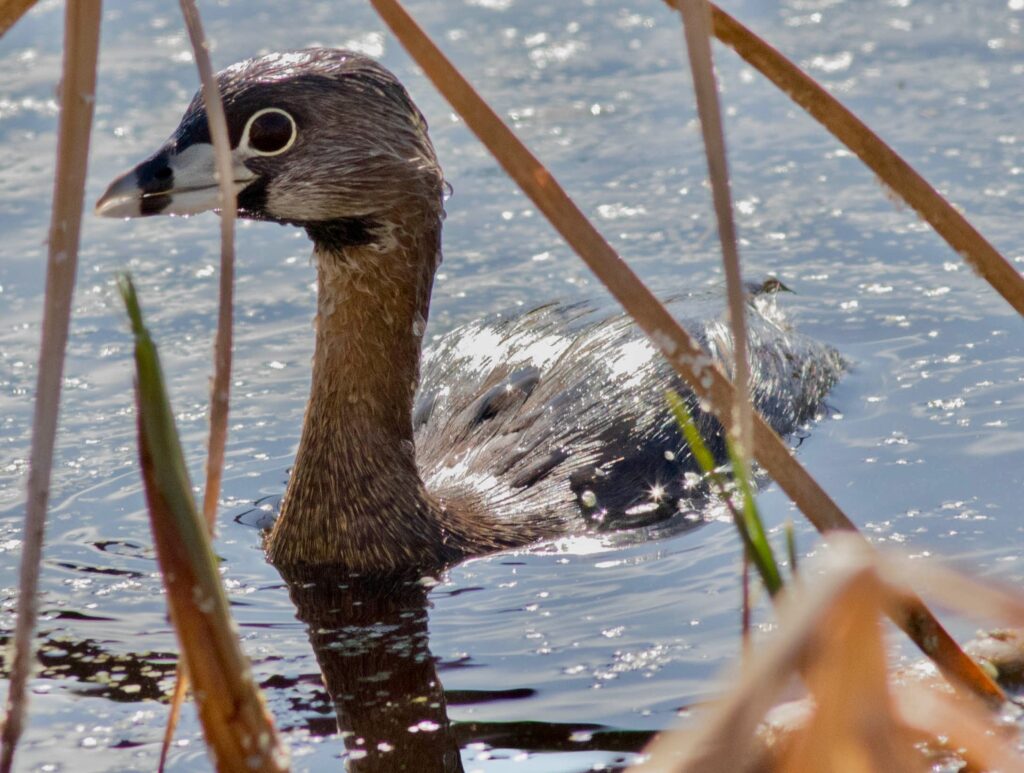

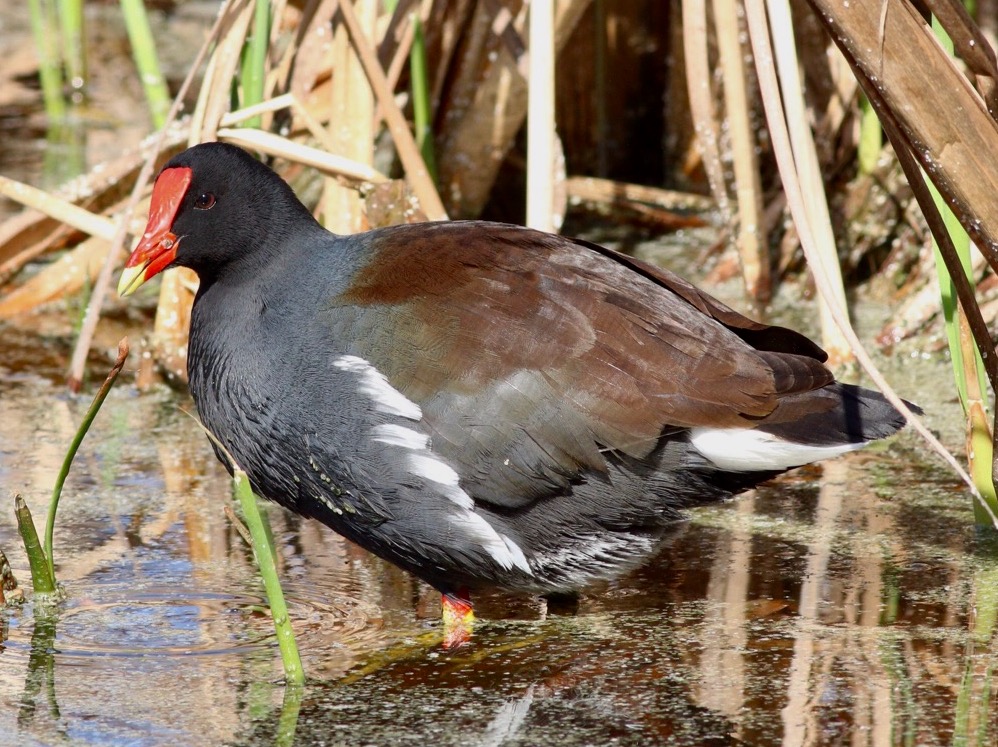
In other ponds, we found some familiar ducks and some unfamiliar birds.
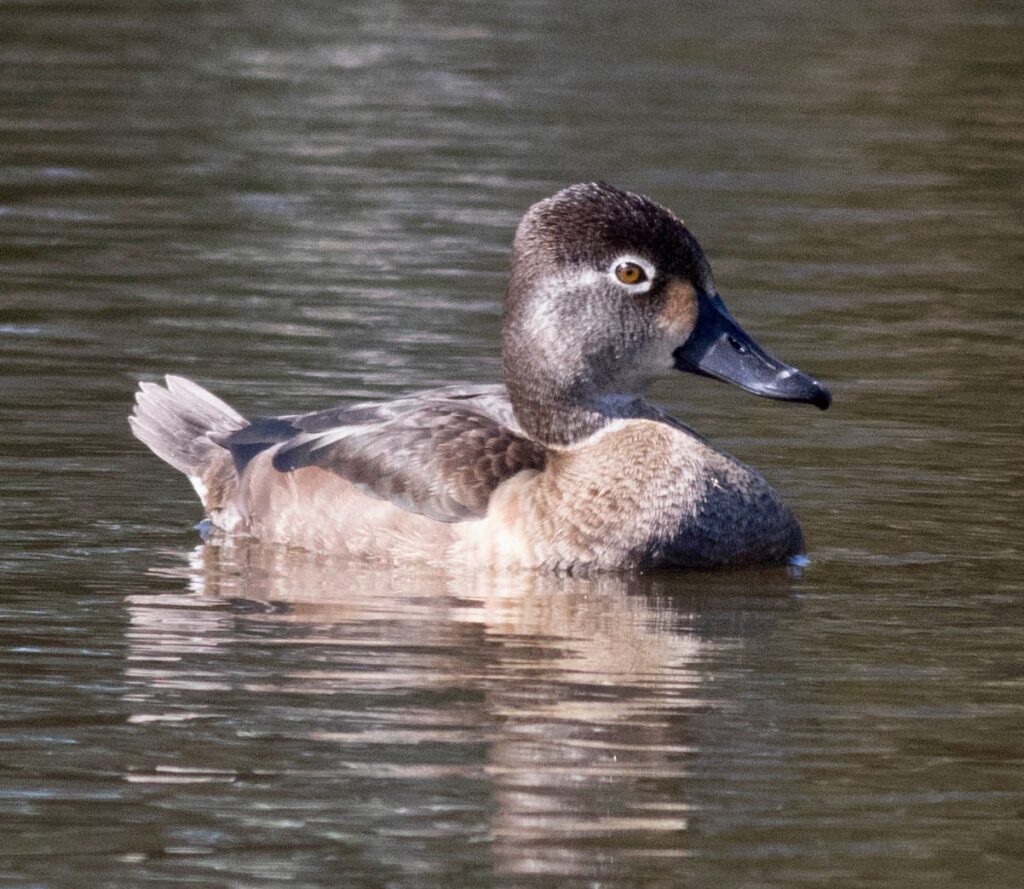
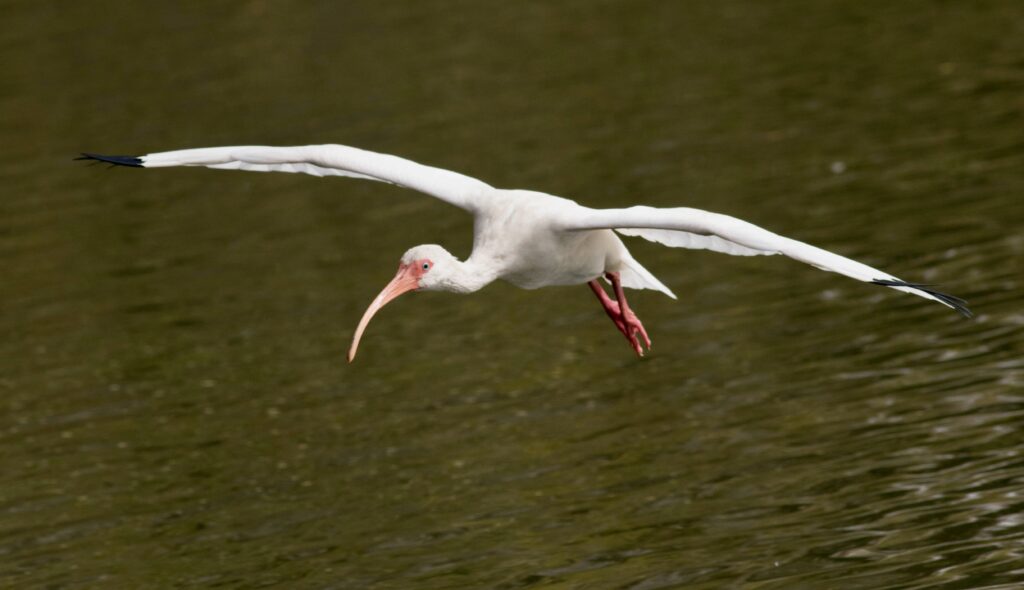

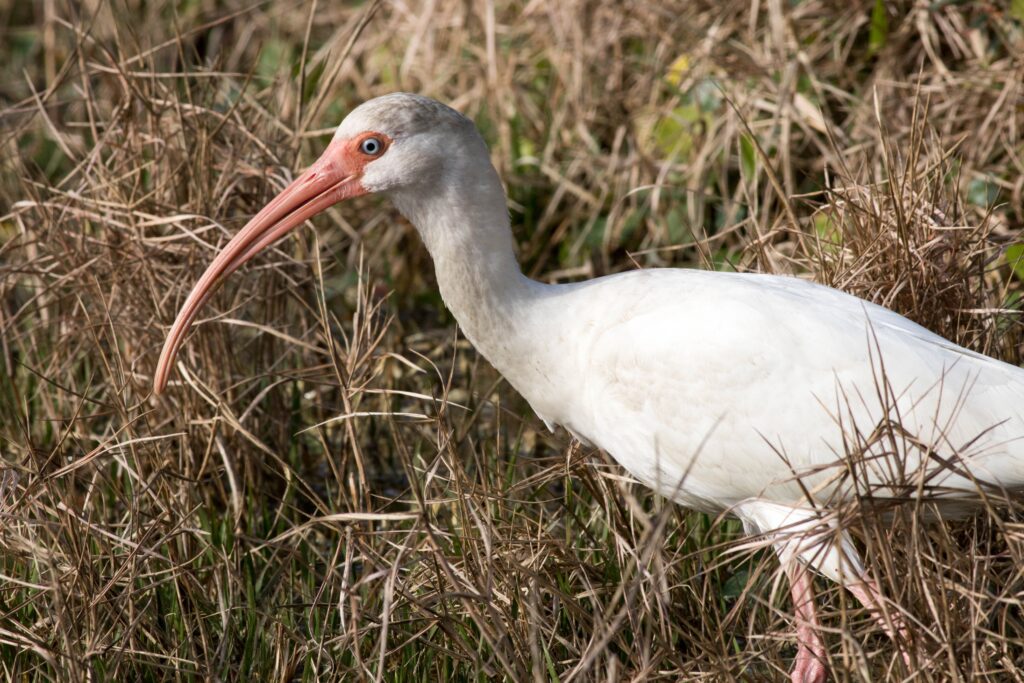
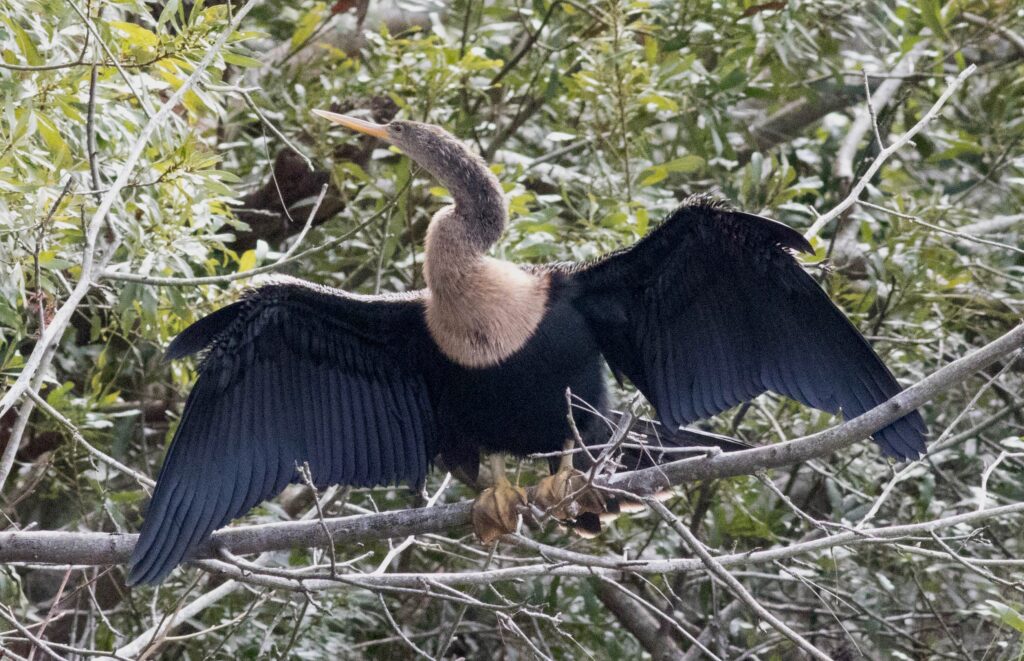
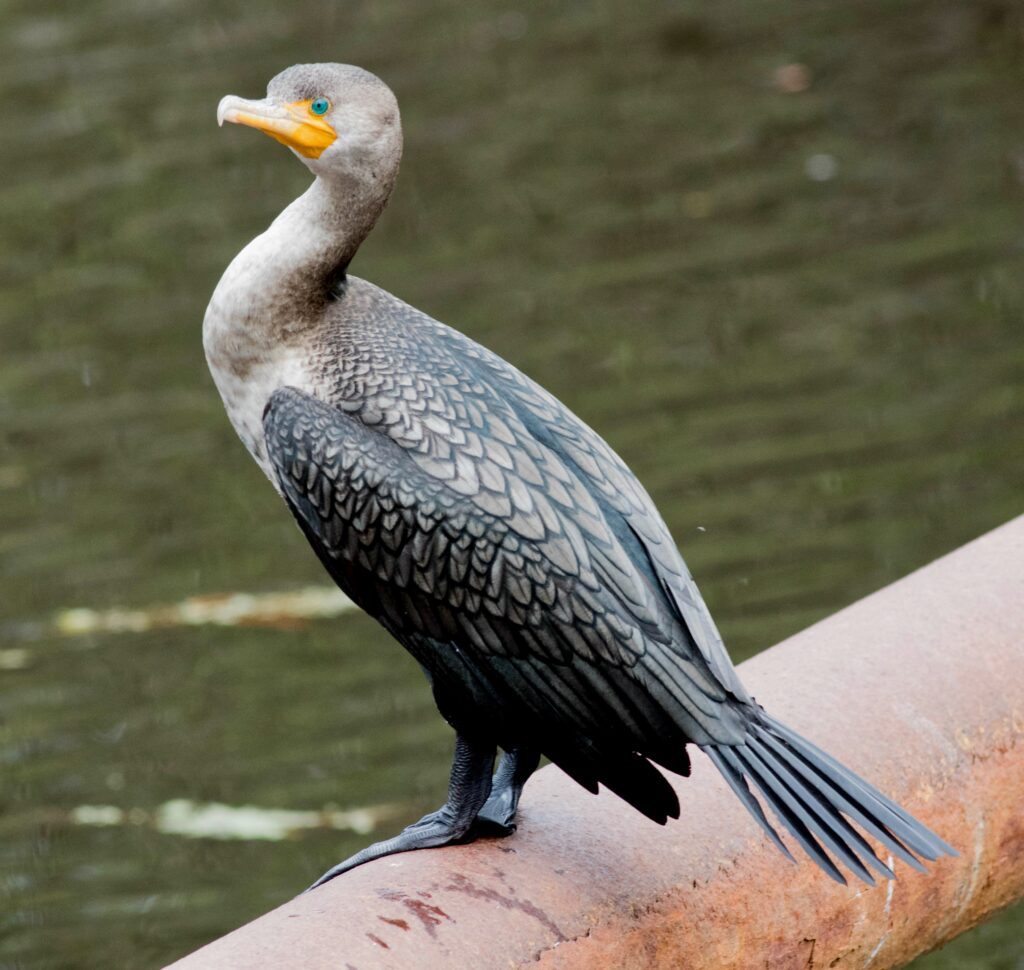
Birds were not the only inhabitants of the water on Hilton Head. We often saw basking alligators and always gave them a wide berth, even though they tend to be sluggish in the cooler winter temperatures.

Boat-tailed Grackles breed in saltwater and freshwater marshes along the Atlantic coast, always staying close to saltwater. When we first saw these grackles, we thought that the males and females were two different species. Males are glossy blue-black whereas females are dark brown and half the size of the males. Note the America Crow perched with the Boat-tailed Grackle.






School of Rock Students
Fair warning, I loved the movie by this name and then started to see branded videos with very talented young performers in great studio conditions. These are some of the many performances I enjoyed enough to share with you. -G
First a little blast of joy featuring four female vocalists.